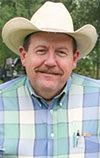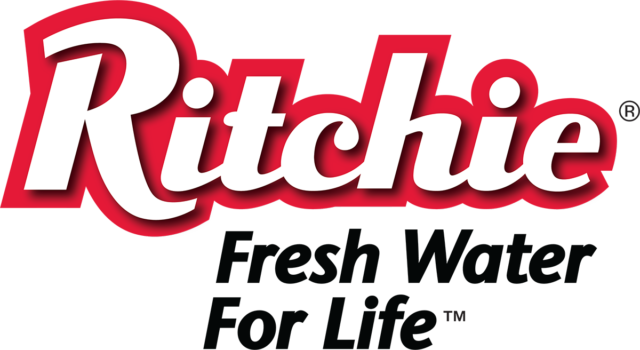Dr. Larry Cundiff of the U.S. Meat Animal Research Center, relying on their research, first categorized breeds according to functional type.

Dr. Steve Hammack, Texas A&M AgriLife professor and beef cattle specialist emeritus, adapted this idea for use in Texas. His types included six distinct groupings (with the most numerous breeds noted):
- British –Angus, Hereford, Red Angus, Shorthorn
- Continental Dual-Purpose – Simmental, Gelbvieh
- Continental Beef – Charolais, Limousin
- American – Beefmaster, Brangus, Santa Gertrudis, Simbrah
-
Bos indicus – Brahman (Red and Gray)
- Dairy – Holstein, Jersey

The breeds in each type had similar production levels for eight traits of interest: body size, milk potential, age at puberty, hot climate-adapted, fleshing ability, muscle expression, cutability and marbling.

For example, all the British breeds were high for size, low to moderate for milk, early to medium for age at puberty, low for hot climate adaptability, high for fleshing ability, moderate for muscle expression, low for cutability and moderate to high for marbling.
Of course, there are individuals within each of these breeds that will exceed (or be lower than) this narrow range. The trick is to fit them into your specific environment.

Many years ago, the Beef Improvement Federation developed a chart that tried to match genetics to specific environments – or rather production levels of six different traits to forage production (high, medium and low) and environmental stress (high or low).

The traits were similar to Dr. Hammack’s: milking ability, mature size, ability to store energy, stress tolerance, calving ease and lean-to-fat ratio. Most beef cattle producers can count on medium to low levels of forage production and generally high environmental stress.
If you consider the levels of production under those conditions, then low to moderate milking ability and mature size, high capacity to store energy, stress tolerance and calving ease, and low to moderate lean-to-fat ratio generally apply.

So within the breed types listed by Hammack, selection should be for those breed types (or breeds) that fit the low to moderate forage and high environmental stress conditions.
Under the subtropical high-stress environmental conditions of south Texas, the British breed types may not be best, but then stressful environmental conditions don’t just mean heat or humidity, they can mean extreme cold or snow as well.

Combinations of the different breed types for commercial cow-calf production are generally a more desirable outcome, hence the popularity of crossbreeding. Choose the breeds for what they have to offer, but remember to stay away from the extreme levels of production in most cases.
How might these different breed types be used in commercial settings? In the U.S., there are probably more British-type cows than any other, but there certainly are others such as Continental (Beef and Dual), British x Continental, British x Brahman, Continental x Brahman, American, American x British (or Continental) and Brahman.

For most of these types of cows, four different types of bulls could be used to produce either market calves or replacement heifers.
British sires could be used on all cow types to produce market calves or replacement females from any of the cow types; not all will have the same value, but all would be acceptable and not receive a significant price discount.

Continental breeds should for the most part be used to produce feeder calves, and the American breeds can produce both feeder calves and replacement females if the percentage Bos indicus is 50 percent or less. Brahman sires can be used on both British and British x Continental cows to produce quality replacement females and feeder calves. (Although the latter might be discounted.)
Which breeds or types are chosen and the production levels selected should depend on where the cattle are being raised and for what market they are destined. ![]()
PHOTO 1: Angus cattle in Texas grass.
PHOTO 2: Beefmaster cow with Angus calf.
PHOTO 3: A Brahman x Hereford cross.
PHOTO 4: A Brangus cow with Angus calf.
PHOTO 5: A Brangus cow with a Hereford cross calf.
PHOTO 6: Charlois and Angus crosses.
PHOTO 7: An F1 Brahman x Hereford cow with Angus-sired calf.
PHOTO 8: Santa Gertrudis x Hereford cows. Photos provided by Joe Paschal.

-
Joe C. Paschal
- Livestock Specialist
- Texas A&M AgriLife Extension - Corpus Christi, Texas
- Email Joe C. Paschal









